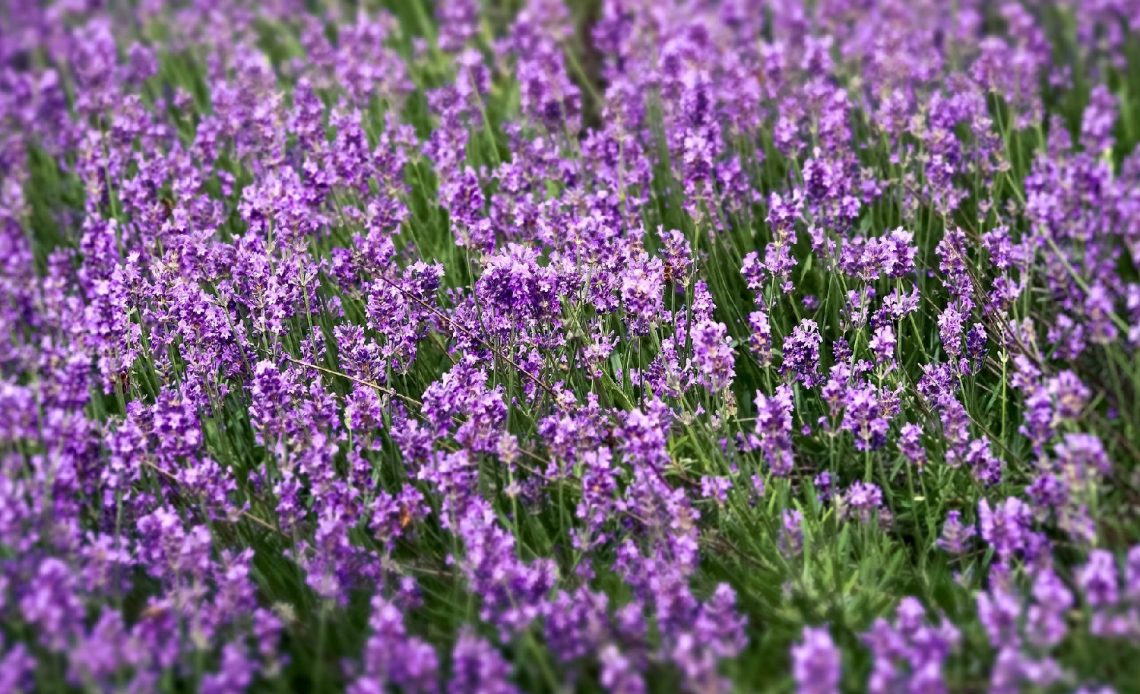

We’re here to help! Wild Yards is a completely free website that is 100% dedicated to helping you create a wildlife-friendly, sustainable yard. Read more
WildYards is reader-supported. When you buy a product through a link on our site, we may earn a comission. Every product is independently selected by our (obsessive) editors and our reviews are unbiased and objective. Read more about our mission or our privacy policy.
Lavender boasts stunning, sweet-smelling purple flowers on woody, green stems – and most varieties are great at handling heat and moisture. It’s a famously easy plant to start growing – but what other species make ideal lavender companion plants in your garden?
Zinnias, oregano, sage, and roses are all ideal companion plants for lavender – this hardy herb won’t usually compete for many nutrients or much water, meaning it’s generally simple to match with. That said, there are a few plants you should never grow in the same soil as lavender – as these purple blooms can get easily overwhelmed by aggressive invaders.
What exactly are companion plants?
Simply put, companion plants are flowers, herbs, and any kind of plant that can be closely kept near one another. The idea is that by planting them together, they will provide mutual benefits – such as a hardy plant helping to protect a weaker specimen from the spread of disease. In many cases, the best companion plants can also deter interest from larger mammals, such as deer, which are opportunistic feeders.
Companion plants can be put together to increase the number of pollinators in an area, or as a natural form of pest control. They can also consolidate the necessary care a group of plants needs without having to adjust watering, pruning, or temperature based on each species’ particular demands.
When looking for a companion plant for lavender, you’re looking for plants that can thrive in the same conditions and boost their flower power (such as attracting pollinators and mutually encouraging growth).
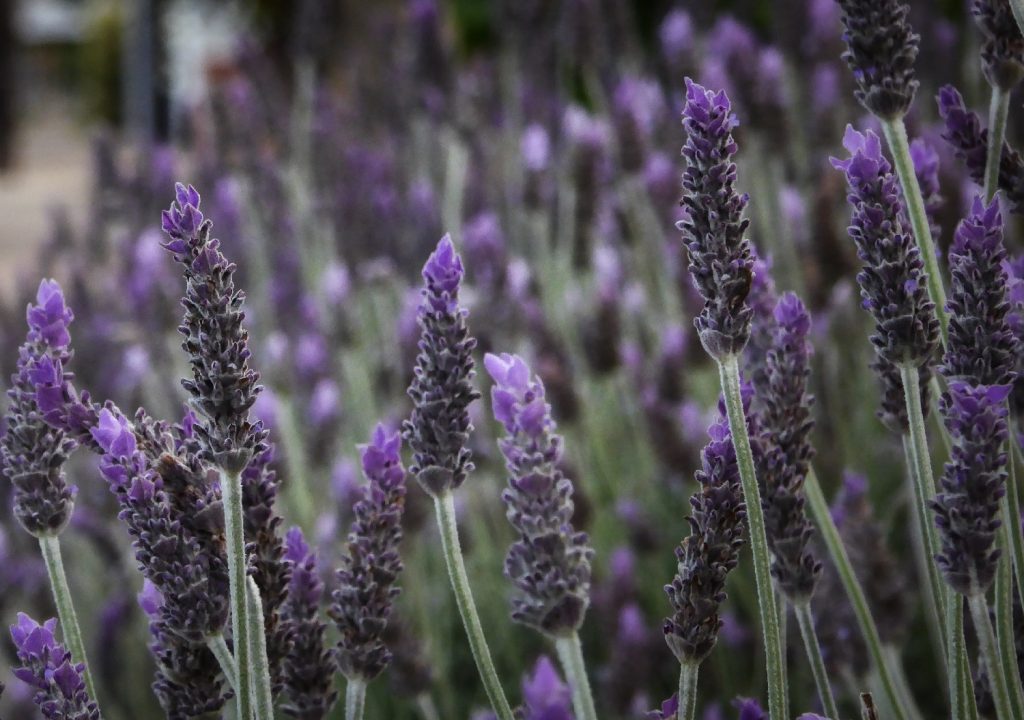
What to look for in lavender companion plants
As hardy as lavender can be, all lavender species have specific preferences and needs – and lavender thrives in full sunlight across the board. Most species thrive only in warmer areas, but English lavender is well-known for withstanding harsh winters. You should look for other species that demand almost constant light and won’t wilt in the heat.
While lavender can grow in general soil, it can thrive in sandy or grainy soil, as this texture of medium can help drain off excess moisture.
Beyond these basics, lavender is extremely easy to pair with common garden plants and flowers. Many gardeners prefer it as it’s ideal for deterring wild visitors such as deer – which will readily eat most plants that are smooth to eat and dull on the taste buds.
Lavender’s intense scent will scare away plant feeders looking for a plain-tasting snack.
The plants you’ll want to avoid growing alongside lavender are highly demanding of water, nutrients, and sunlight. Lavender is a plant that likes solitude but will grow happily with flowers that don’t create a fuss.
Here are ten specific companion plants that work brilliantly with lavender.
Roses
Roses have long been paired with lavender due to their similar shades, sweet, well-matched scents, and specific needs. Roses and lavender plants need plenty of sunlight, thriving well in the bright parts of your garden together.
Roses benefit from lavender thanks to its pest-deterrent scent – meaning growing these species together is a big health boost for your flower bed. The benefits for lavender, in return, lie in the fact that roses will appeal to a variety of bees. This adds up to double the pollination, though roses alone may typically struggle to appeal to insects and birds from afar.
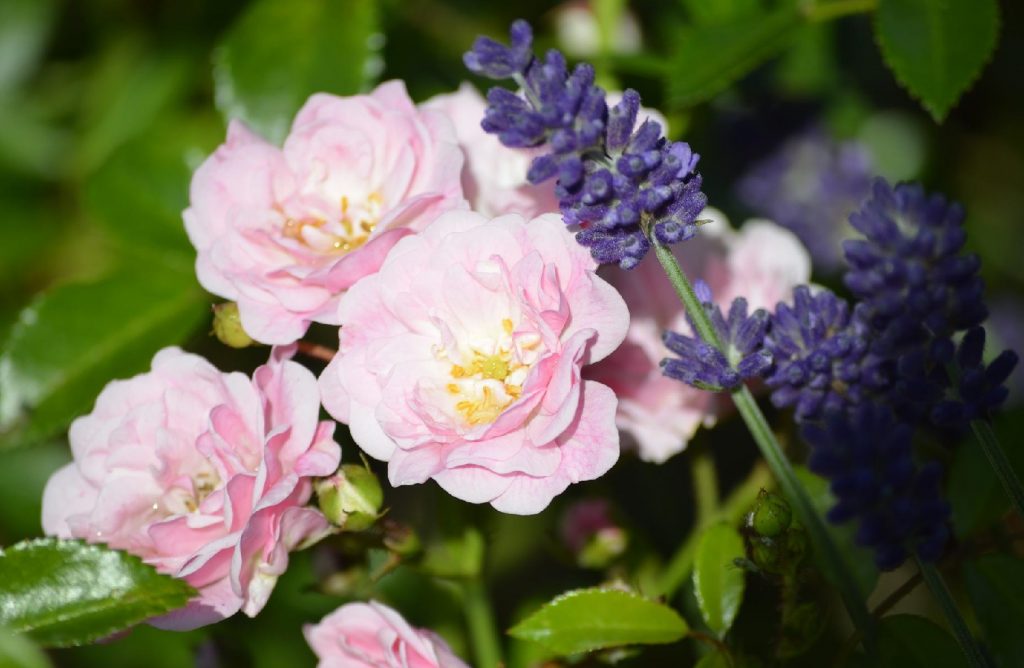
Echinacea
The echinacea, or coneflower, is an eye-catching plant that’s great for filling out lavender beds struggling with bare spots, and for welcoming bees. A lavender-echinacea combo will bring in double the pollinators.
In fact, it’s the hardiness of this plant that makes it such a great companion for lavender – when the latter is not faring so well in the heat, echinacea will keep on growing strong. This means it’s likely to appeal to pollinators for longer than lavender, and thus encourage bees and butterflies to keep coming back to the weaker plant.
A word of warning – echinacea and lavender can attract the same pests occasionally, meaning it’s worth adding a bug-deterrent species from elsewhere on this list if you can.
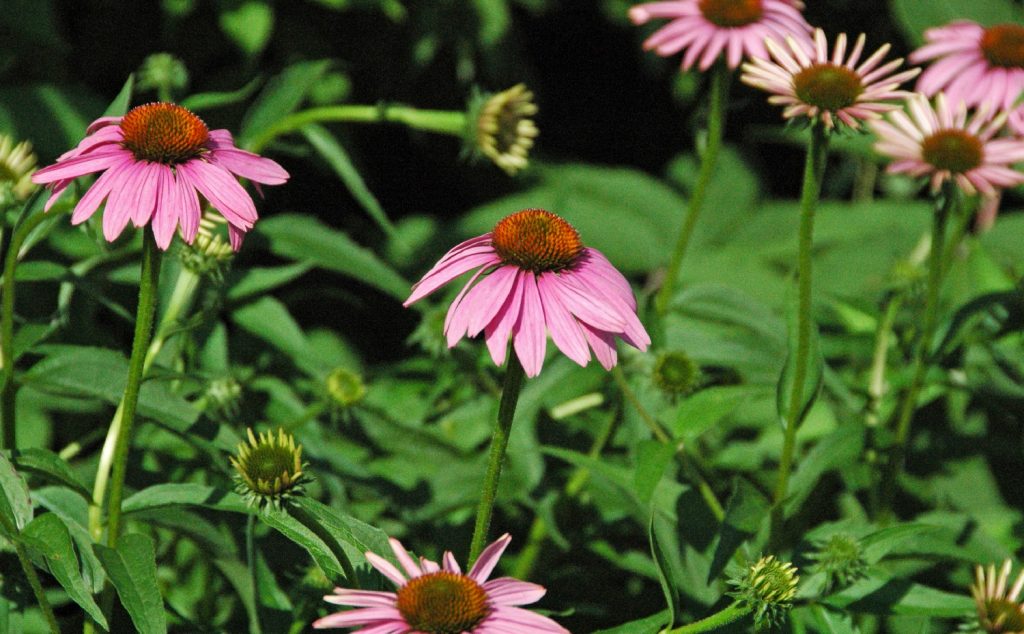
African Daisies
Blooming for most of the year, the African daisy will keep pulling pollinator interest far into lavender’s life cycle, when it may not be strong enough to attract bees and birds on its own.
African daisies are particularly interesting in that they won’t attract many insect attackers, meaning providing you look after them carefully, it’s unlikely your lavender will suffer too much from unwanted visitors.
These daisies, much like the Shasta variety, also grow well as filler plants, helping to cover soil patches around your lavender.
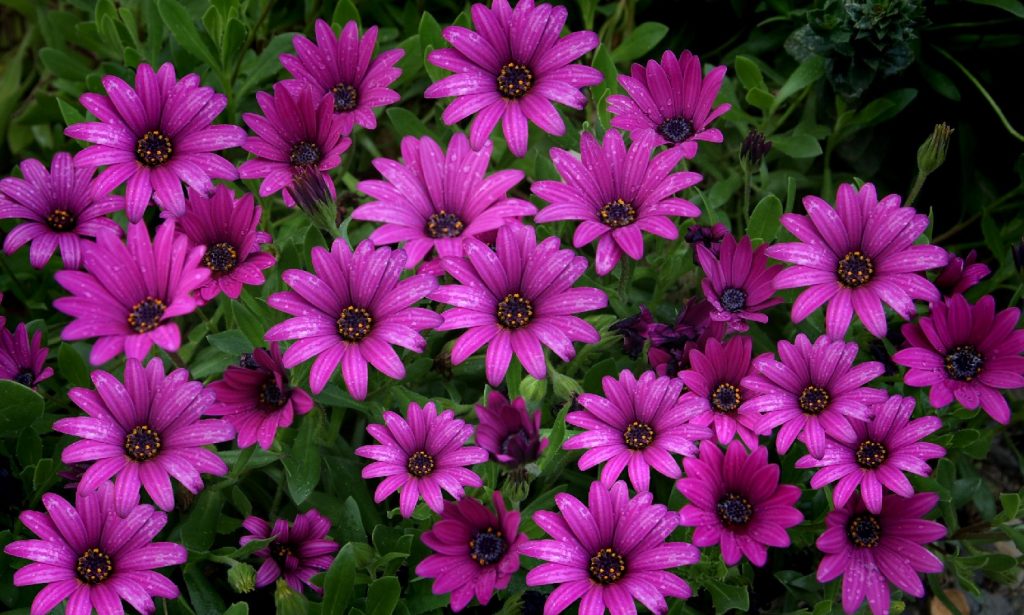
Zinnias
Zinnias are famously used in gardens to attract pollinators, appealing to helpful visitors such as butterflies and hummingbirds. They’re impressively hardy and annual growers (between USDA zones two and eight) and are unlikely to cramp the needs of your lavender.
Lavender benefits massively from zinnia companions as these plants are natural attractors for ladybugs and wasps. Given that lavender struggles with common pests such as whitefly and aphids, you can count on zinnia flowers to bring in helpful predators and thus help your lavender live for longer.
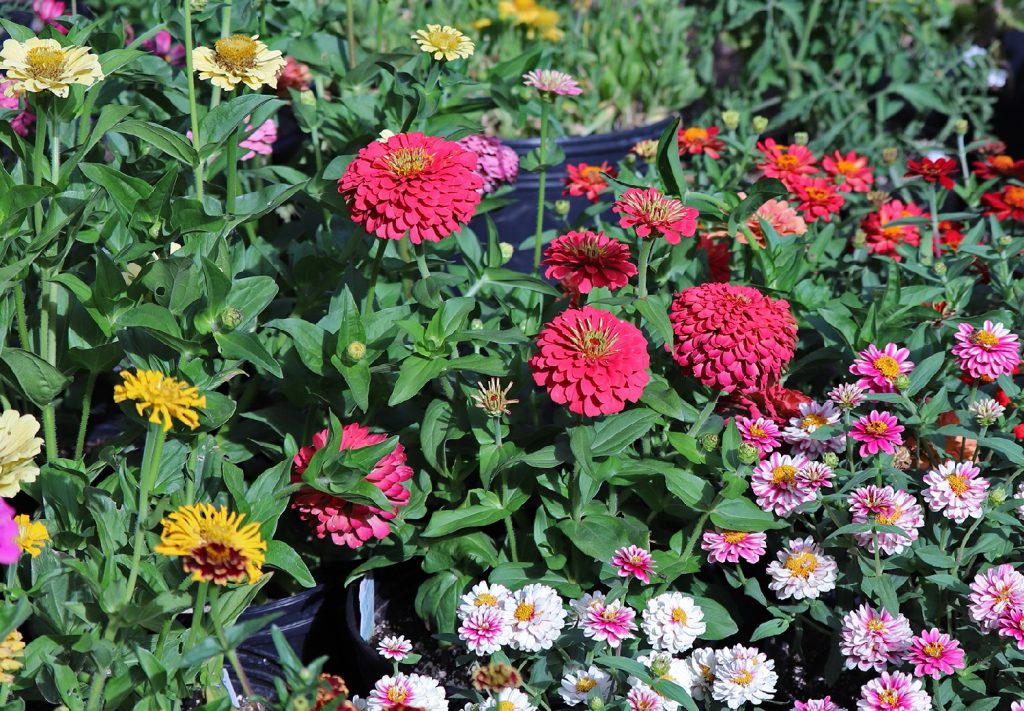
Rosemary
Like lavender, rosemary is commonly used in the kitchen, essential oils, and fragrances – it’s hardly surprising they work well together in the garden, too.
Rosemary and lavender team up to create an impressive bee-attracting herb garden thanks to their bold colors and sweet smells. This is a double team-up that’s proven to enhance the pollinator interest in a herb garden, and rosemary isn’t aggressive enough to overpower the laid-back tendencies of lavender.
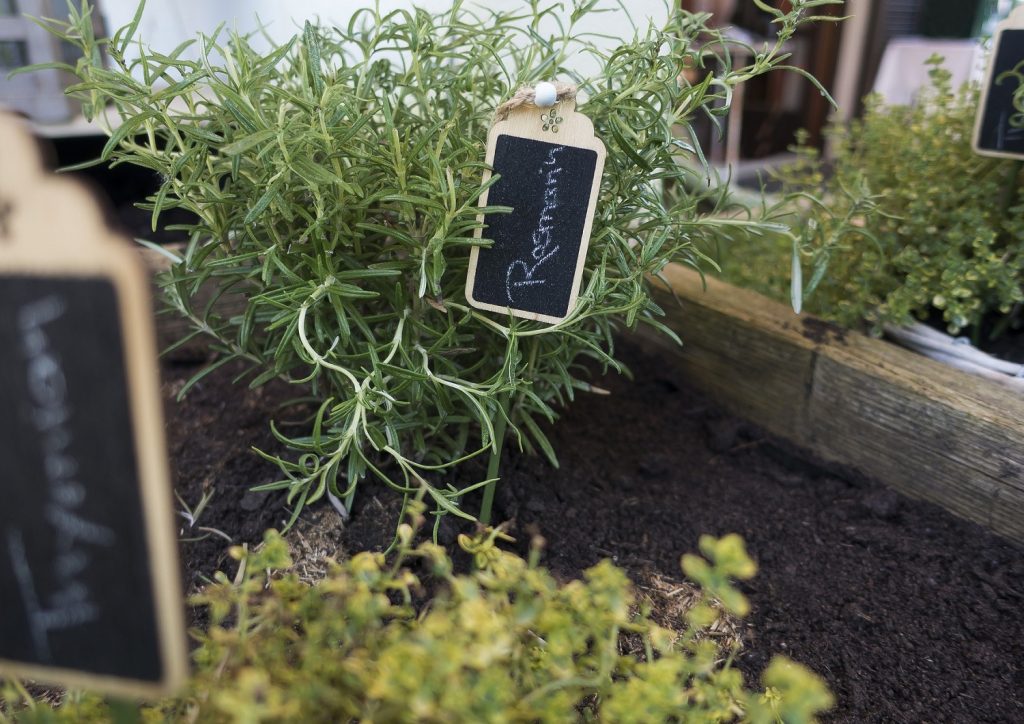
Thyme
Thyme, much like rosemary, is a great friend for lavender – and it’s famously resilient against the cold, meaning it will be a hardy companion for your purple plants long after they fade.
Thyme boosts lavender’s pollinator appeal in a similar way to rosemary, meaning you could benefit from triple the bee attraction (in particular) if you have a large enough bed or container.
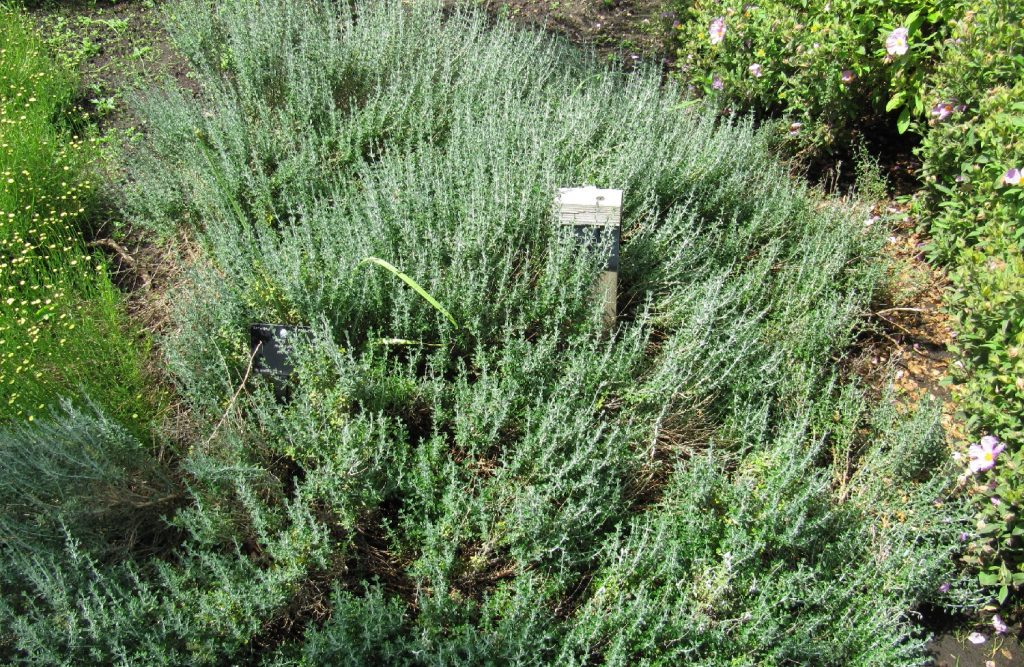
Alliums
Allium species – such as onions and garlic – are disease-busting growths that are popularly grown with lavender for their flowering color and height contrasts. Beyond this, it’s their sickness-deterring nature that proves most beneficial to weaker lavender.
They are highly drought-tolerant and can easily weather lavender’s arid soil demands. Alliums will attract abundant butterfly and bee attention as they give off lots of nectar, boosting your lavender’s attractor power.
The allium will also attract hoverflies, which are highly useful in removing bugs and pests likely to cause lavender serious damage.
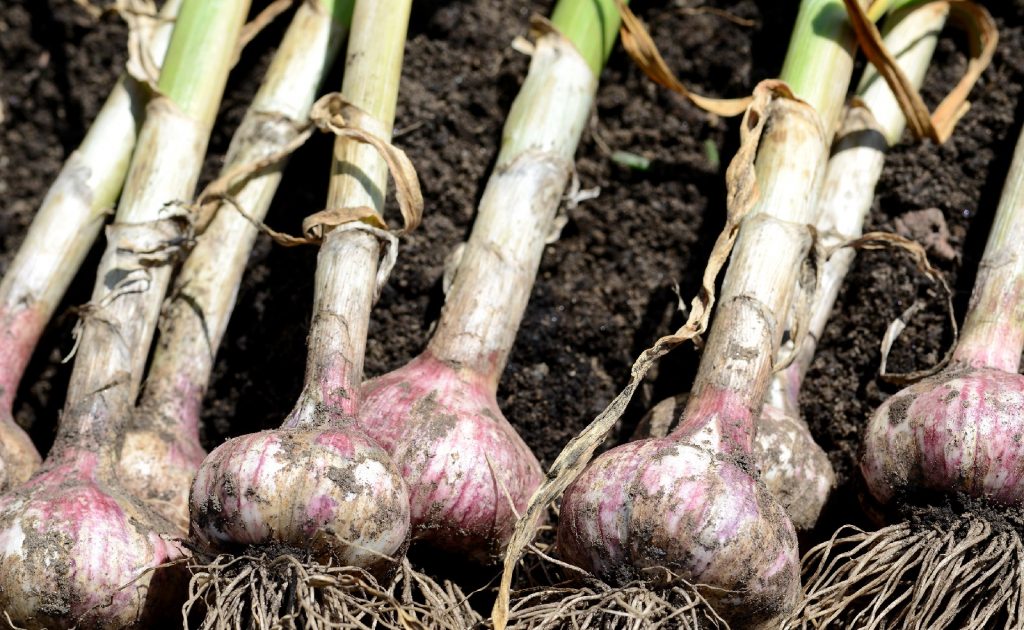
Yarrows
Yarrow is a fast-propagating plant that attracts waves of butterflies, meaning a lavender-yarrow combo could be a fantastic pollinator plot in a dry, hot garden. This plant is also great for attracting ladybugs and keeping whitefly away from your lavender.
Despite being considered a weed, yarrow is an unproblematic favorite thanks to its ‘negligence-friendly’ status, meaning it won’t overcrowd or compete with lavender when grown as a companion.
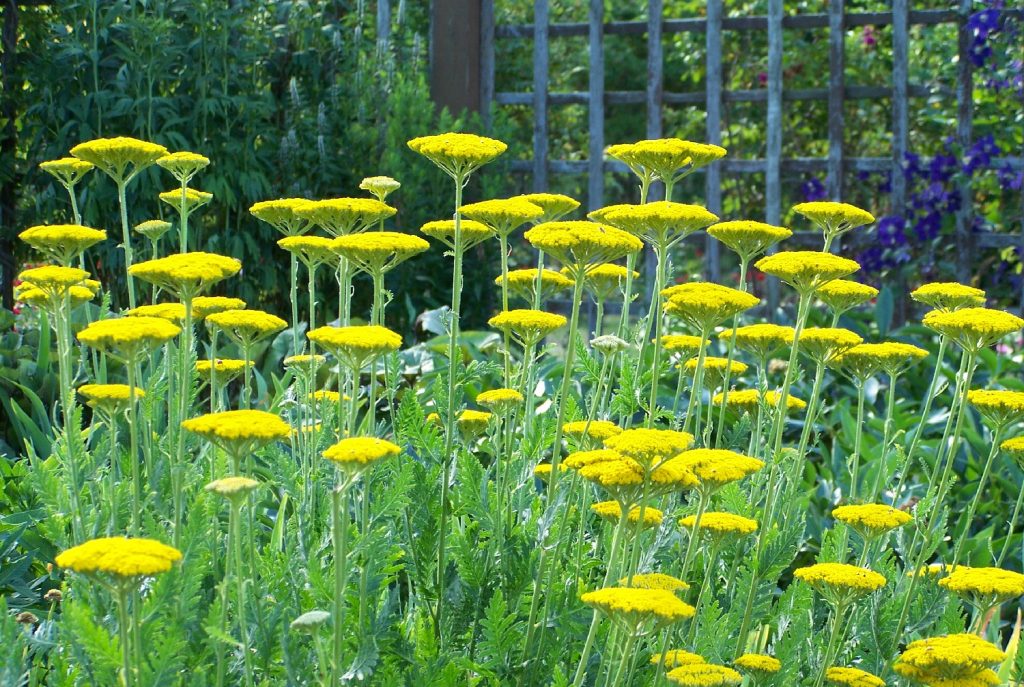
Oregano
Many people choose to plot oregano with lavender for the dry soil compatibility and its pollinator appeal. In particular, oregano famously pulls in the bees – great if your lavender is struggling to make an impact on local visitors.
Oregano is a fantastic choice of companion plant if you have a lot of bare ground to cover. In some cases, you may find it works well as mulch, too. You’ll also repel plenty of pests from lavender with an oregano base, as its scent can prove highly confusing, forcing hungry pests to scavenge elsewhere.
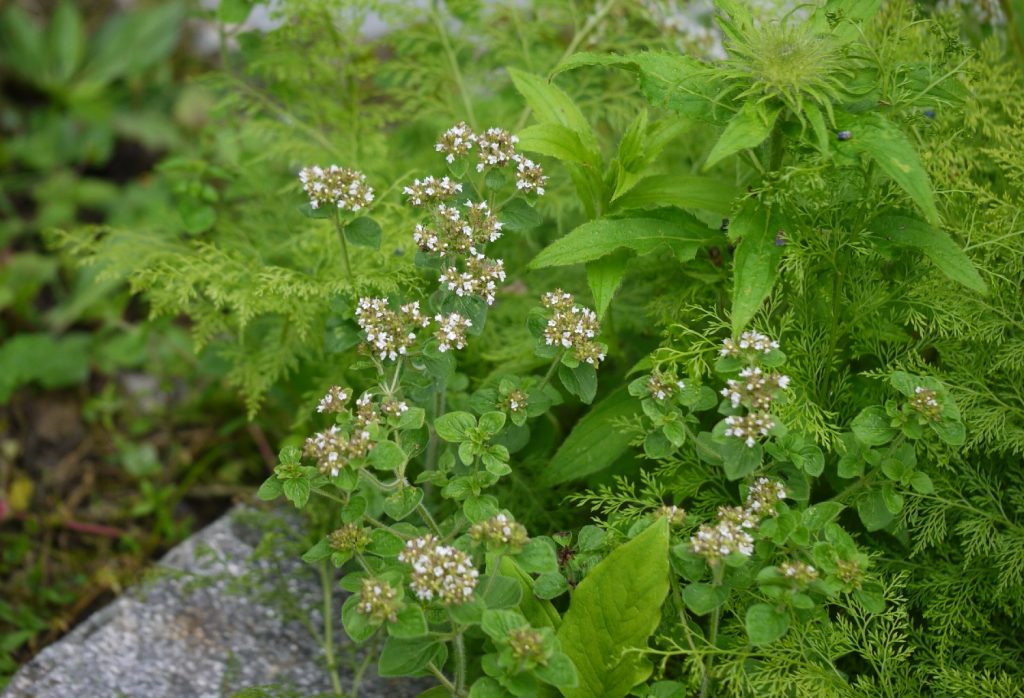
Marigolds
There are few plants that marigolds can’t make great companions for – they are immensely hardy, and their pungent odors can help to keep lavender safe from hungry critters.
These low-maintenance blooms are perfect for attracting butterflies, boosting your lavender’s pollinator magnetism. Much like lavender, marigolds are deer-resistant, too – making them great companions for other pest-friendly snacks such as common roses.
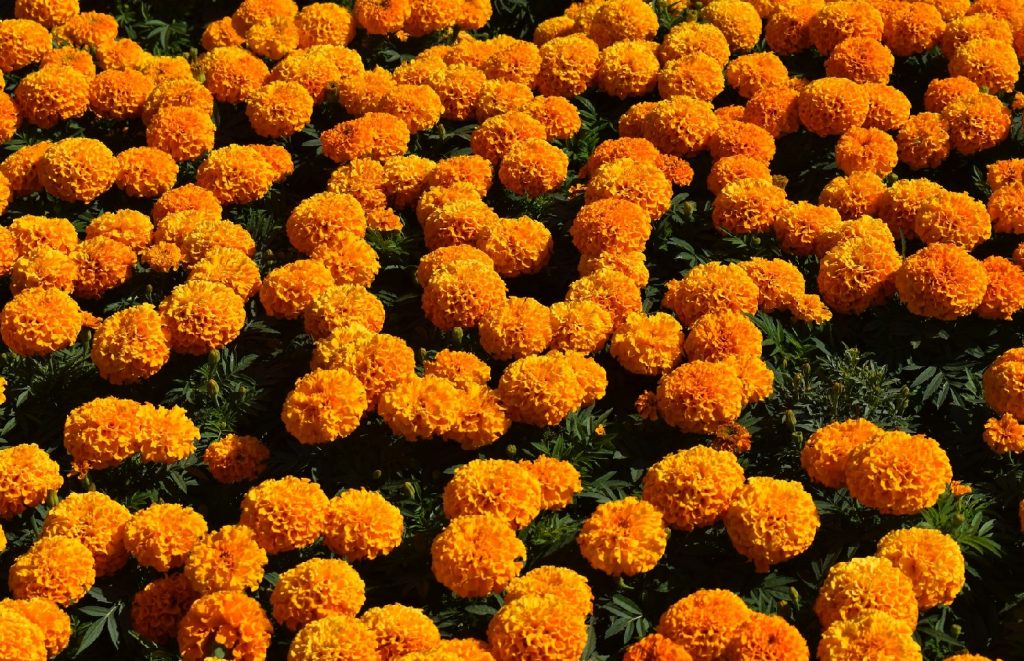
Basil
Basil’s status as a lavender companion plant is similar to oregano’s, though you’ll find that this herb is particularly handy at keeping your lavender growing strong and vital even in periods of drought.
This is largely thanks to the fact that basil is a useful pest repellent because of its smell. It’s one of the most useful aphid deterrents you can grow, meaning you can safely abandon spraying your lavender with insecticide.
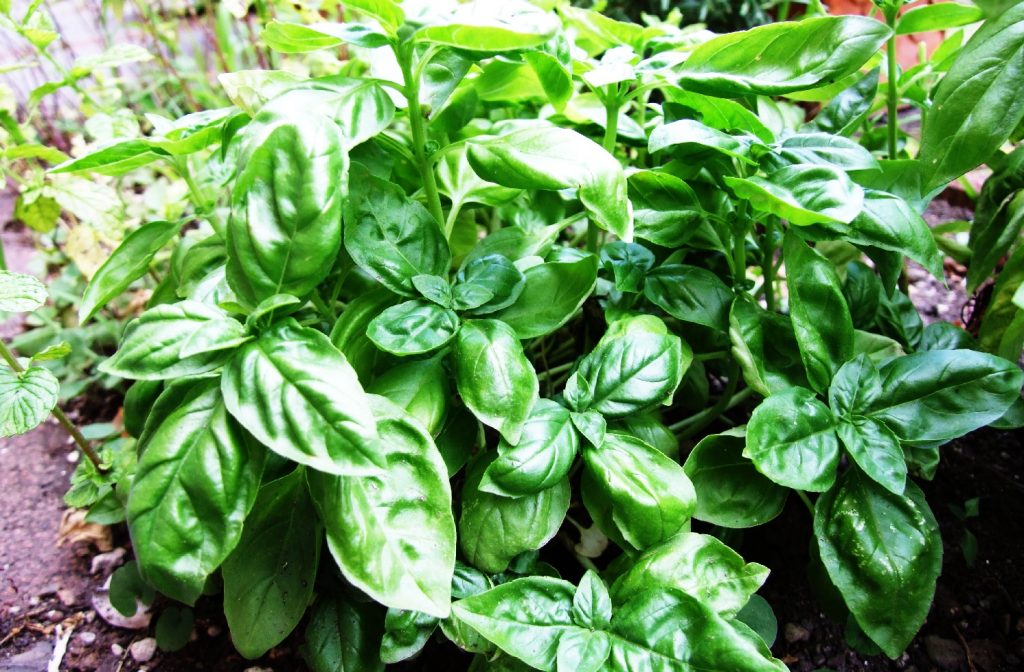
Red Valerian
The red valerian makes a superb lavender companion thanks to its lengthy flowering season, meaning it will continue to attract pollinators late into lavender lifespans – helping to keep them strong before the cold rolls in.
Red valerian is particularly resistant to most bugs and insects, and while it won’t necessarily prevent species from getting to your lavender, it will work hard at attracting welcome butterflies. It’s remarkably drought-resistant and is also proven to be resistant against deer attacks – pairing well with lavender if you want to protect some of the plainer-smelling plants in your garden.
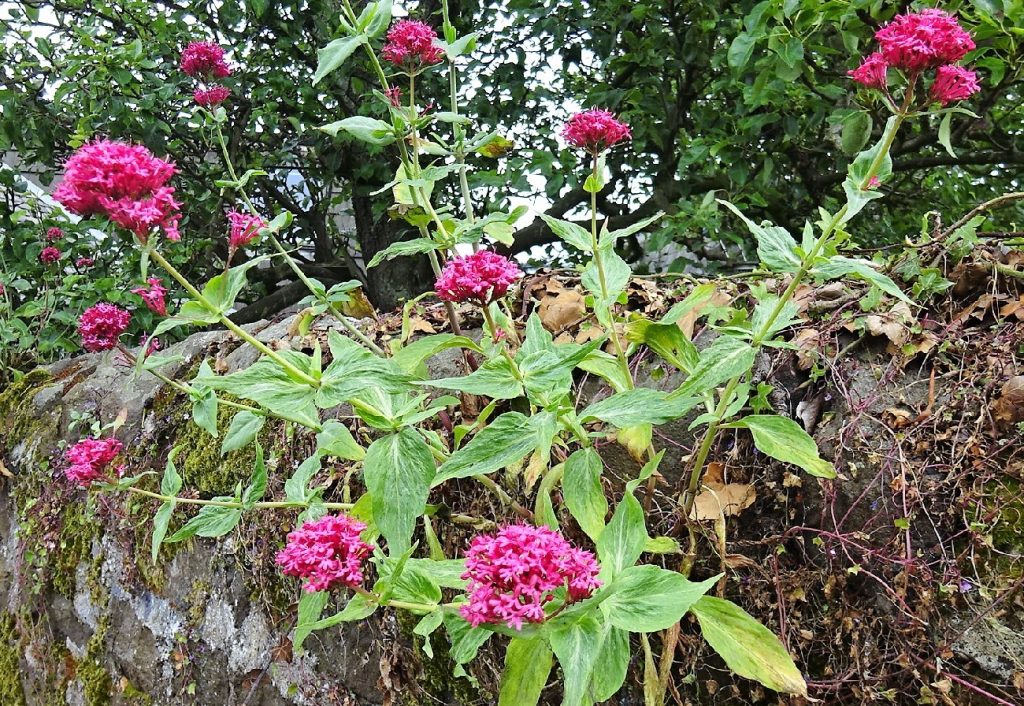
Blue fescue
Much like red valerian, blue fescue is great paired with lavender if you want to protect the outer edge of your garden from deer visitation. Gardeners also enjoy growing this ornamental grass with lavender as it can quickly grow and fill in gaps in soil and beds.
Blue fescue is a largely self-sowing plant but works well with lavender as it’s rarely competitive. It’ll also help to bring butterflies to your lavender late into its growing season.
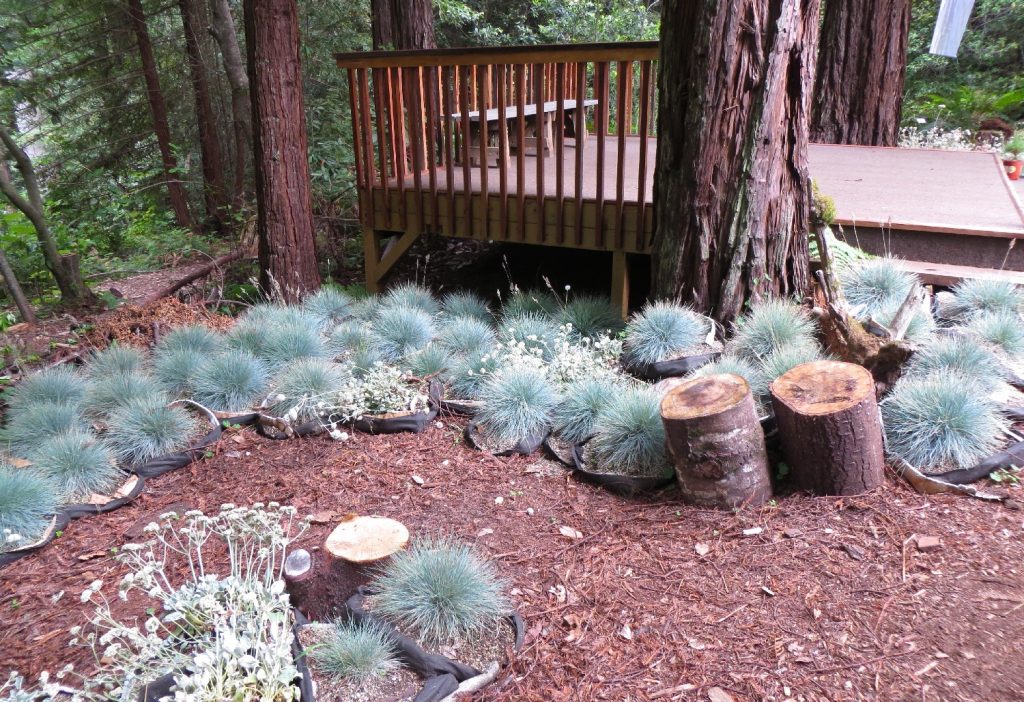
Sedum
While many people enjoy growing sedum with lavender for the visual effect, this plant is highly attractive to butterflies and bees across lavender’s growing season – doubling your pollinator magnetism.
Sedum will also attract lots of predatory ladybugs, great for protecting lavender against some of the hungrier minibeasts that may take a shine to your flowers.
Sedum is frequently grown in ‘mat’ or ‘roof’ installations, and can also help to fill out bare-looking beds and soil where lavender grows scantly.
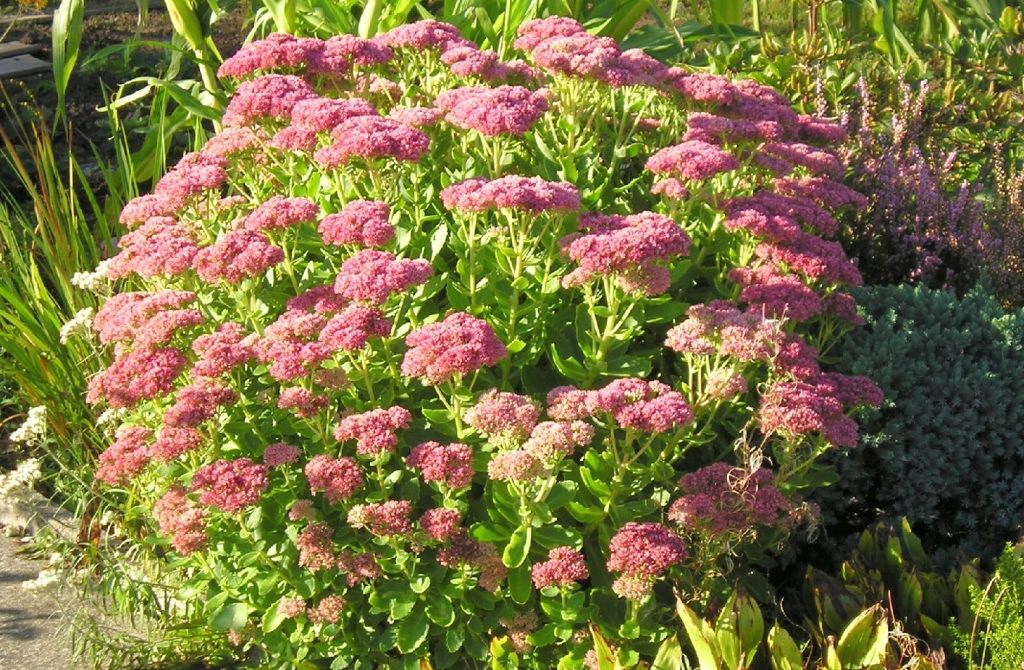
Plants you’ll need to grow away from lavender
While lavender is one of the least problematic companion plants you’ll hope to grow, some specimens cause most varieties concern.
Mint
Not all herbs thrive together – and when it comes to lavender and mint, the differences revolve around thirst. Mint thrives best in rich, damp soil – and therefore needs to be watered frequently to grow well. Conversely, lavender prefers dry, well-draining, almost sandy soil.
When you plant mint with lavender, one of the pair will suffer to the point of early death. Giving mint the moisture it needs will quickly cause your lavender to rot, meaning it’s best to pot these two apart.
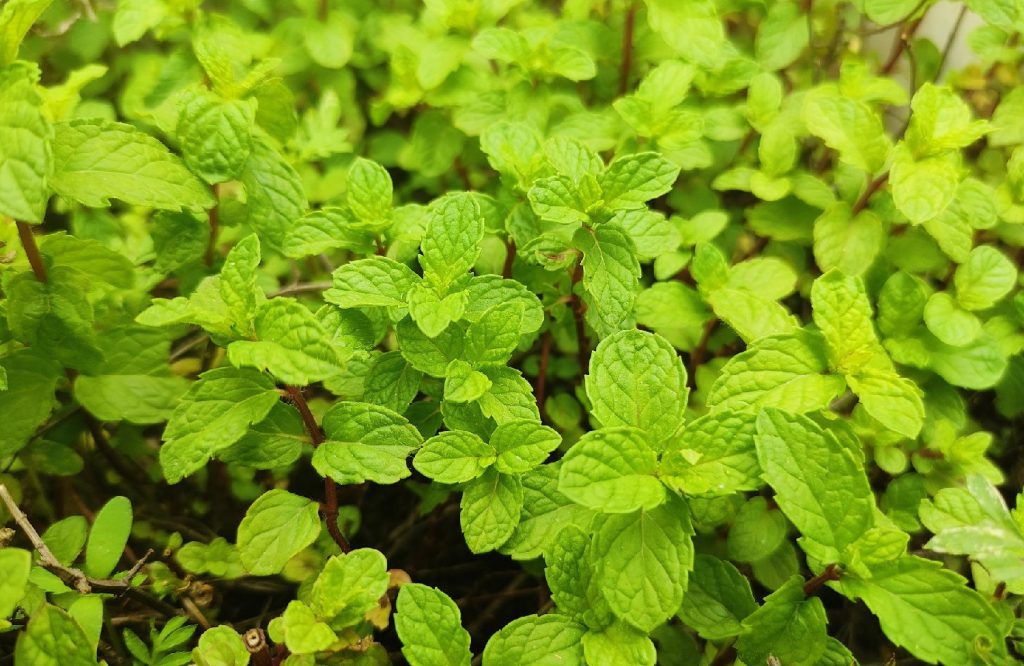
Dill
It’s easy to assume that lavender will grow well with most herbs, but dill is a clear exception thanks to its propensity for stealing sunlight from other plants. This is a ferocious grower, making it likely to (literally) leave lavender in the shade.
Dill will also outpace lavender with regard to water and nutrient consumption, too, thus likely to stunt the more laid-back plant in the short term. Try and plant dill in a separate herb garden from your lavender bush.
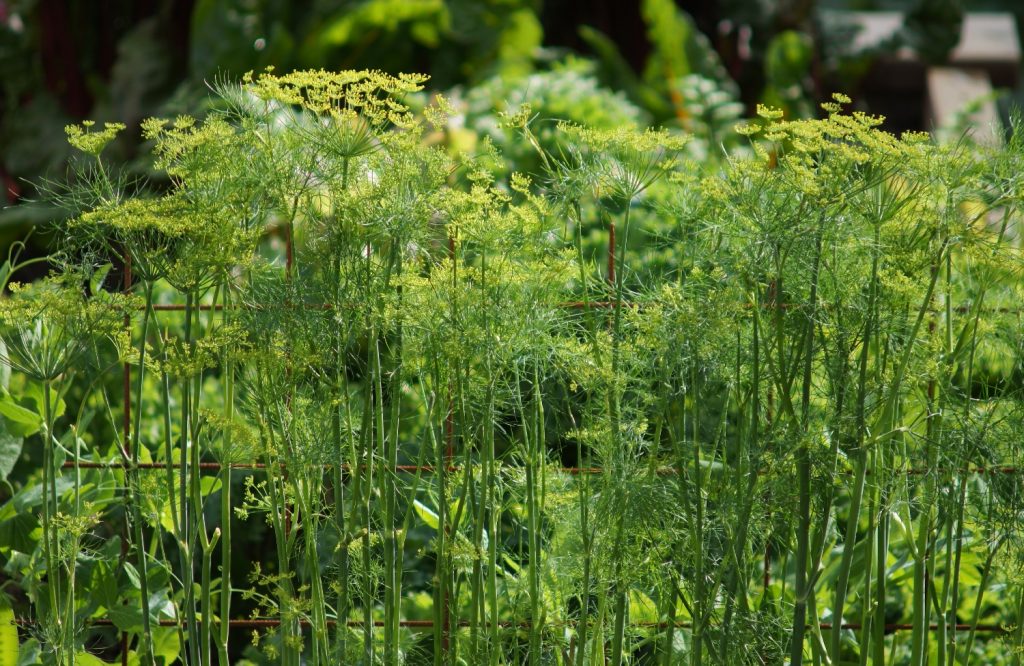
Daffodils
Daffodils’ bright yellow flowers and lengthy stems might seem perfect to blend in among lavender – but they propagate too fiercely for lavender to keep up. The daffodil is a self-propagating plant and one that grows exceptionally quickly from seed – meaning it will promptly outpace lavender for nutrients and water, potentially driving the laid-back blooms to an early demise.
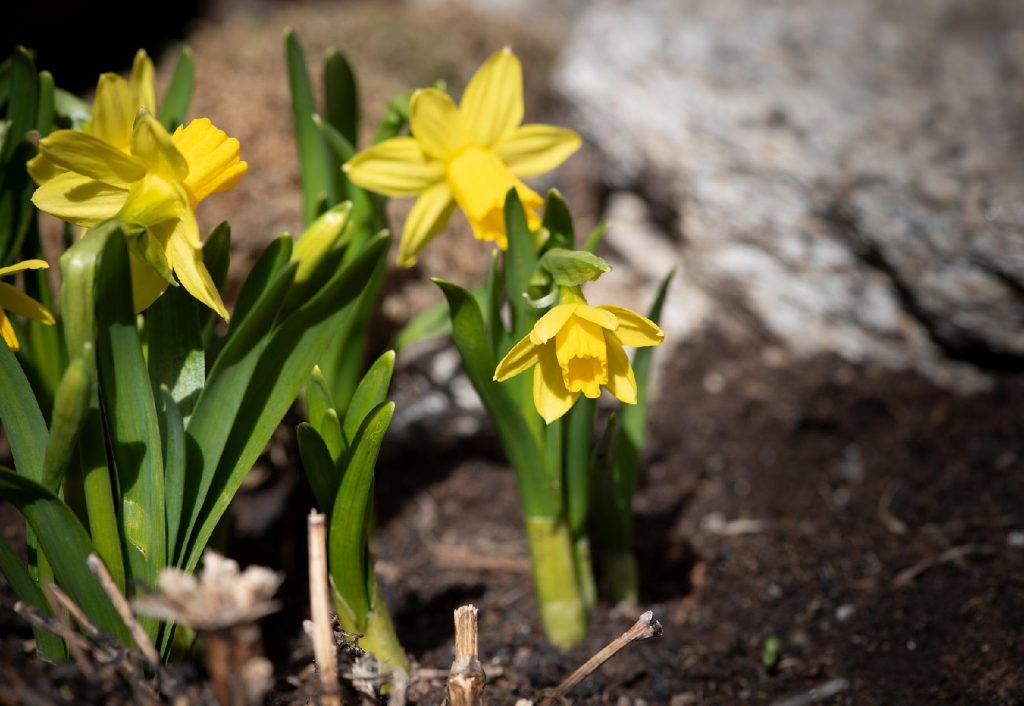
Is it worth growing companion plants with lavender?
Lavender is a herb that proves popular with gardeners, butterflies, bees, and hummingbirds – and it makes sense that many want to find other easy-growing plants alongside. While plenty of plants look like lavender, it’s just as important to look for herbs and flowers that can withstand similar levels of drought and heat – both for convenience and pollinator attraction.
Lavender is one of several plants in your garden that provides protection as much as it receives, providing you grow it alongside species that won’t fiercely compete for nutrients and light.
Lavender is a great ‘starter’ plant for many wild yard owners – why not use it as a base for exploring similar herbs (such as those listed in this guide)?
